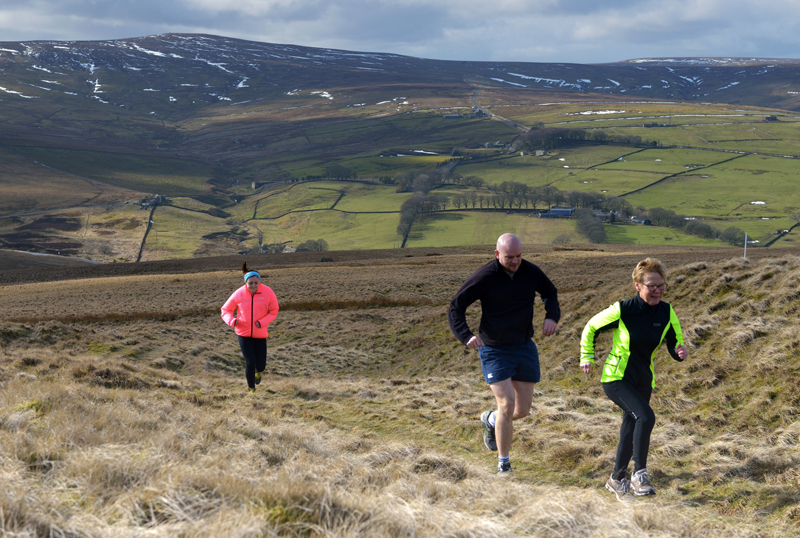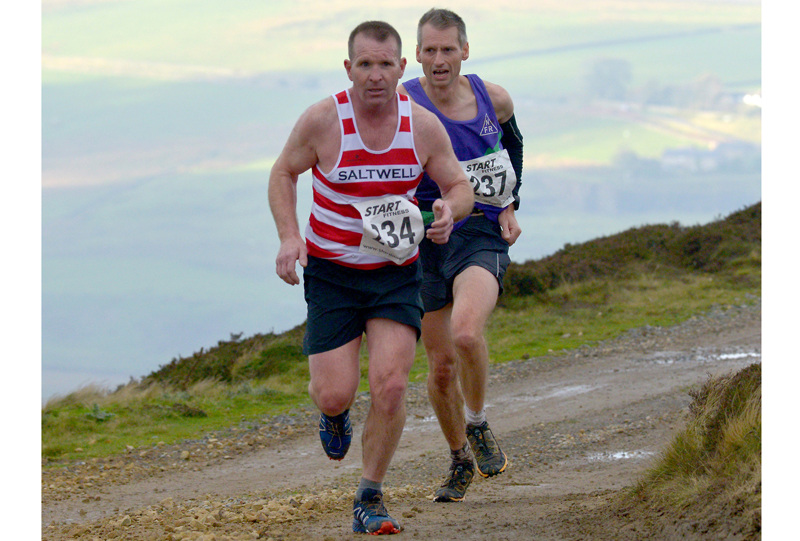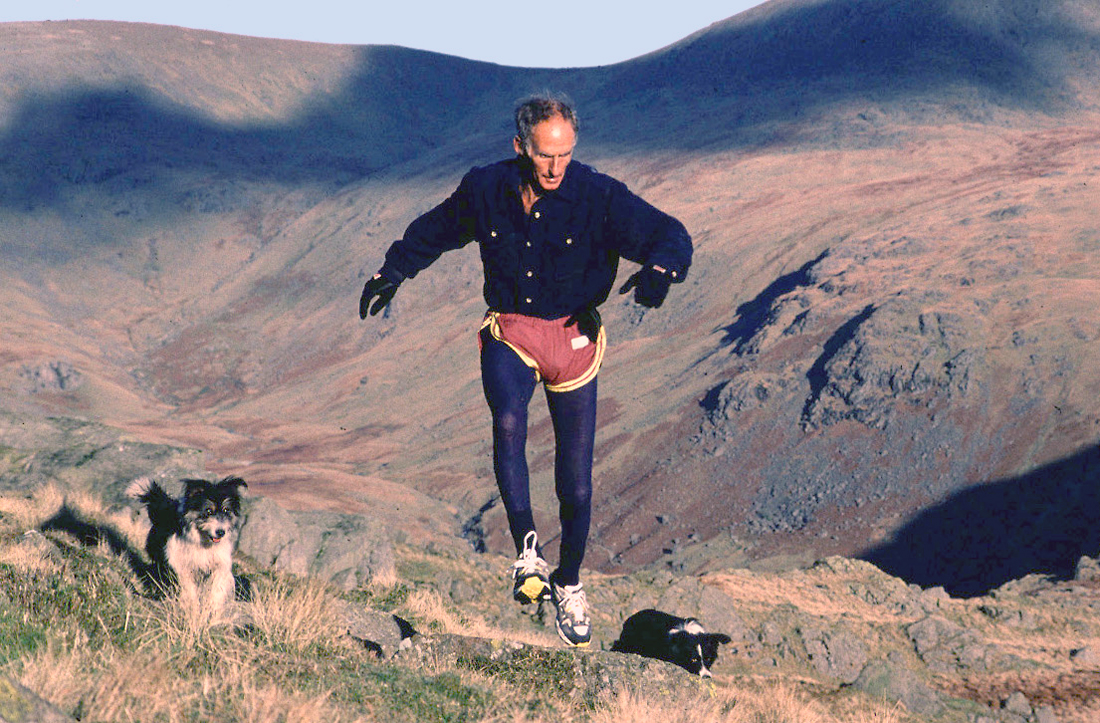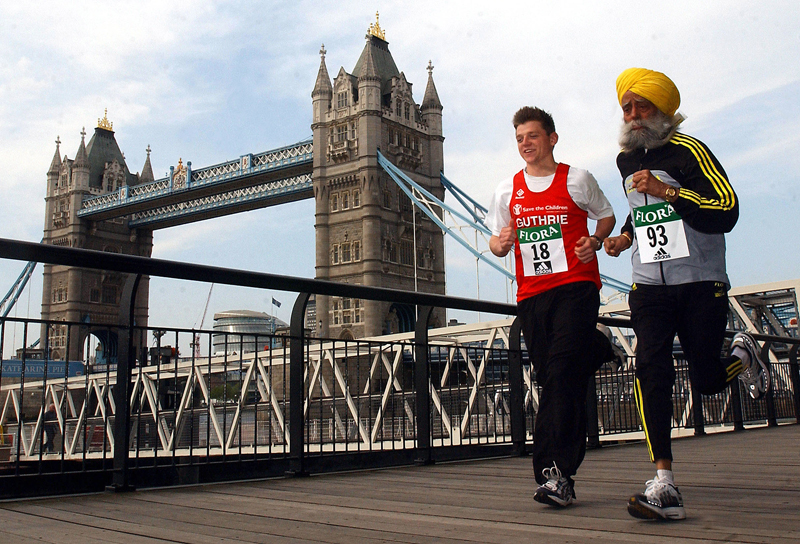Endurance and aging: can you turn negatives into positives?

It’s a fact of life that once peak endurance performance is attained – typically around the age of 30-35 - athletes will experience a steady decline in maximal exercise capacity, no matter how long or intensely they train. The reason for this decline is primarily due to a combination of reduced muscle mass combined with decreased cardio-respiratory (heart-lung) function. Scientists know this to be the inescapable truth because over the years, numerous studies have shown the following(1-4):
- An athlete’s biological/physical peak is usually reached between ages 20-35. Strength and speed ten to peak at the earlier end of this age range while endurance peaks in the later range.
- During early middle age (40 to 50 years of age), physical activity declines resulting in a typical 5-10kg of body fat gain. Moreover, this decline continues into old age.
- Maximum heart rate also declines with age and (partly because of this fact) maximum aerobic capacity also declines by about 1% per year (although this decline may be stemmed with regular training – see later).
- The mass of fast-twitch muscle fibres (needed to produce power during high-intensity exercise) is most pronounced during the 30s, where studies have shown a decline in power of 3% per annum with 1% per annum every year thereafter for both men and women.
To complicate matters further, the capacity to recover from prolonged or hard bouts of training also diminishes as the years tick by, which means it’s harder to undertake and recover from the increasingly intense training bouts that are needed to minimize fitness losses.
Fatigue and recovery in veteran cyclists
As alluded to above, a common observation from older athletes across all sports is that while performance does decline somewhat with increasing age, it’s the higher levels of fatigue and slower recovery after hard training sessions that is most notable and impactful. These anecdotal observations are well supported by research data. In one Australian study for example, scientists found hard evidence for this phenomenon in cyclists(5).
In the study, eighteen well-trained cyclists (nine ‘veterans’, average age 45 years and nine ‘young’ cyclists, average age 24 years) performed three consecutive days of high-intensity 30-minute cycling time trials intended to induce fatigue, leading to decreased performance. Each day, before, during, and after each time trial, the cyclists’ perceptions of muscle soreness, fatigue, and recovery were all recorded. The good news was that there was no change in time-trial performance over the three days for either group. The bad news was that muscle soreness and perceived recovery changed significantly (for the worse) over the three days in the veteran group, but not in the young group.
Good news
Despite the performance-impacting declines described above, there’s plenty of good news for older endurance athletes. Firstly, the mere act of training means that many of the declines observed in the general (sedentary) population are far less marked in athletes. For example, a number of studies have shown that the age-related decline in maximum heart rate is smaller in athletes than non-athletes(6). This helps athletes in training maintain higher performance levels for longer. Research also shows that older people who undergo vigorous exercise training are likely to experience the same relative benefits as their younger contemporaries(7-10). In other words, older athletes who either begin or step up training intensity in later life can still expect to receive most of the performance gains that they would have experienced had they started much earlier in life!
There are also other factors that can work in the older athlete’s favour, helping to offset the physiological declines and achieve higher levels of performance than might be expected. For instance, with a few years of training experience under the belt, older athletes are more likely to train ‘intelligently’ by adopting a more scientific approach, using a well-structured and balanced training program.
This is exactly what a 2022 study on masters marathon runners by US researchers found(11); these runners were experienced enough to understand that excessive mileage would likely result in overuse injuries, so training volumes were moderated accordingly and most runners also undertook cross training activities (cycling swimming etc) to help avoid biomechanical imbalances. With more experience under the belt, older athletes also tend to be better at understanding their own responses to training, and adapting a training program to suit their body rather than blindly following a ‘one size fits all’ approach. This is in contrast to younger and less experienced runners who are more likely to simply bash out the miles, with far less understanding of the consequences of overtraining and poor recovery(12).
You need to be logged in to continue reading.
Please register for limited access or take a 30-day risk-free trial of Sports Performance Bulletin to experience the full benefits of a subscription. TAKE A RISK-FREE TRIAL
TAKE A RISK-FREE TRIAL
Newsletter Sign Up
Testimonials
Dr. Alexandra Fandetti-Robin, Back & Body Chiropractic
Elspeth Cowell MSCh DpodM SRCh HCPC reg
William Hunter, Nuffield Health
Newsletter Sign Up
Coaches Testimonials
Dr. Alexandra Fandetti-Robin, Back & Body Chiropractic
Elspeth Cowell MSCh DpodM SRCh HCPC reg
William Hunter, Nuffield Health
Keep up with latest sports science research and apply it to maximize performance
Today you have the chance to join a group of athletes, and sports coaches/trainers who all have something special in common...
They use the latest research to improve performance for themselves and their clients - both athletes and sports teams - with help from global specialists in the fields of sports science, sports medicine and sports psychology.
They do this by reading Sports Performance Bulletin, an easy-to-digest but serious-minded journal dedicated to high performance sports. SPB offers a wealth of information and insight into the latest research, in an easily-accessible and understood format, along with a wealth of practical recommendations.
*includes 3 coaching manuals
Get Inspired
All the latest techniques and approaches
Sports Performance Bulletin helps dedicated endurance athletes improve their performance. Sense-checking the latest sports science research, and sourcing evidence and case studies to support findings, Sports Performance Bulletin turns proven insights into easily digestible practical advice. Supporting athletes, coaches and professionals who wish to ensure their guidance and programmes are kept right up to date and based on credible science.









